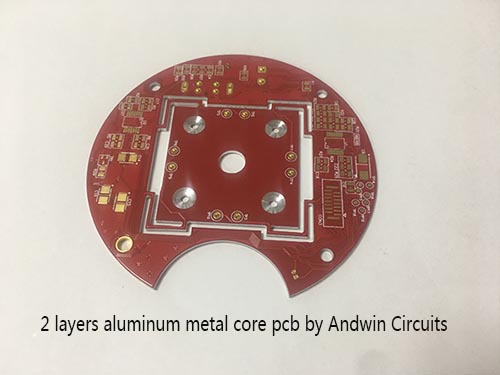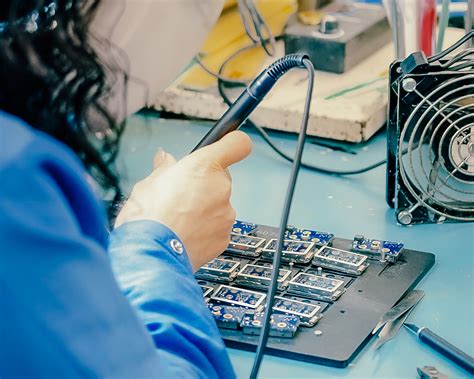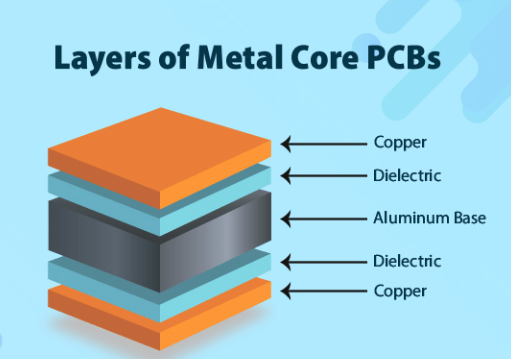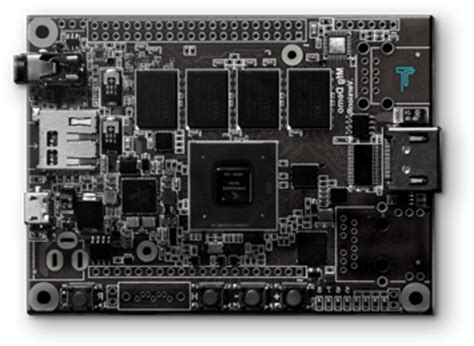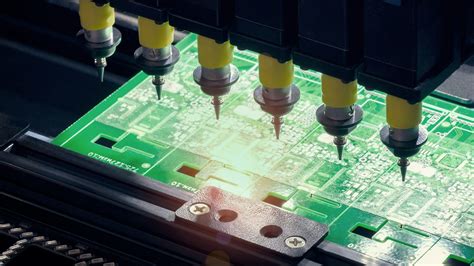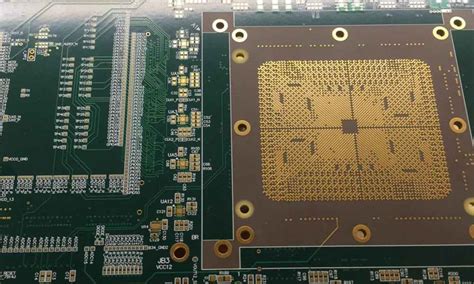94v0 led metal core pcb
Analysis of the heat dissipation performance of 94V0 LED metal core PCB.
The heat dissipation performance of 94V0 LED metal core PCB plays a vital role in modern electronic devices. With the rapid development of LED technology, LED lamps are increasingly used in the fields of lighting and display. However, LEDs generate a lot of heat during operation, and if they cannot be effectively dissipated, their performance and life will be affected. Therefore, the heat dissipation performance of 94V0 LED metal core PCB has become the focus of research and application.
First, metal core PCB (MCPCB) is favored for its excellent thermal conductivity.
Compared with traditional FR4 PCB, MCPCB uses metal substrates such as aluminum or copper, which have high thermal conductivity and can quickly conduct heat from the LED chip to the heat sink or the external environment. In this way, MCPCB effectively reduces the operating temperature of the LED chip, thereby improving its light efficiency and service life.
Secondly, the 94V0 standard is an important indicator for measuring the flame retardant performance of PCB.
94V0 LED metal core PCB not only has good heat dissipation performance, but also meets strict flame retardant requirements. This means that in high temperature environments, the 94V0 LED metal core PCB can effectively prevent the occurrence of fire and ensure the safety of electronic equipment. This feature is particularly important in application scenarios that require high reliability and safety, such as automotive lighting, industrial lighting, and outdoor displays.
In addition, the design of the 94V0 LED metal core PCB also has an important impact on the heat dissipation performance. The heat dissipation efficiency can be further improved by optimizing the layout and structural design of the PCB. For example, adding heat dissipation holes or heat dissipation channels, and adopting multi-layer structures can effectively enhance the heat conduction and dissipation capabilities.
At the same time, the reasonable selection and arrangement of electronic components to avoid heat source concentration can also help improve the overall heat dissipation effect.
However, although the 94V0 LED metal core PCB performs well in heat dissipation performance, other factors still need to be considered in actual applications.
For example, the selection and installation method of the radiator, ambient temperature, and air flow will all affect the heat dissipation effect. Therefore, when designing and applying the 94V0 LED metal core PCB, these factors need to be considered comprehensively to ensure the best heat dissipation performance.
In summary, 94V0 LED metal core PCB has been widely used in the field of LED lighting and display due to its excellent thermal conductivity and flame retardant properties. Through reasonable design and optimization, its heat dissipation efficiency can be further improved to ensure efficient operation and long life of LED equipment. However, in practical applications, multiple factors need to be considered comprehensively to achieve the best heat dissipat

